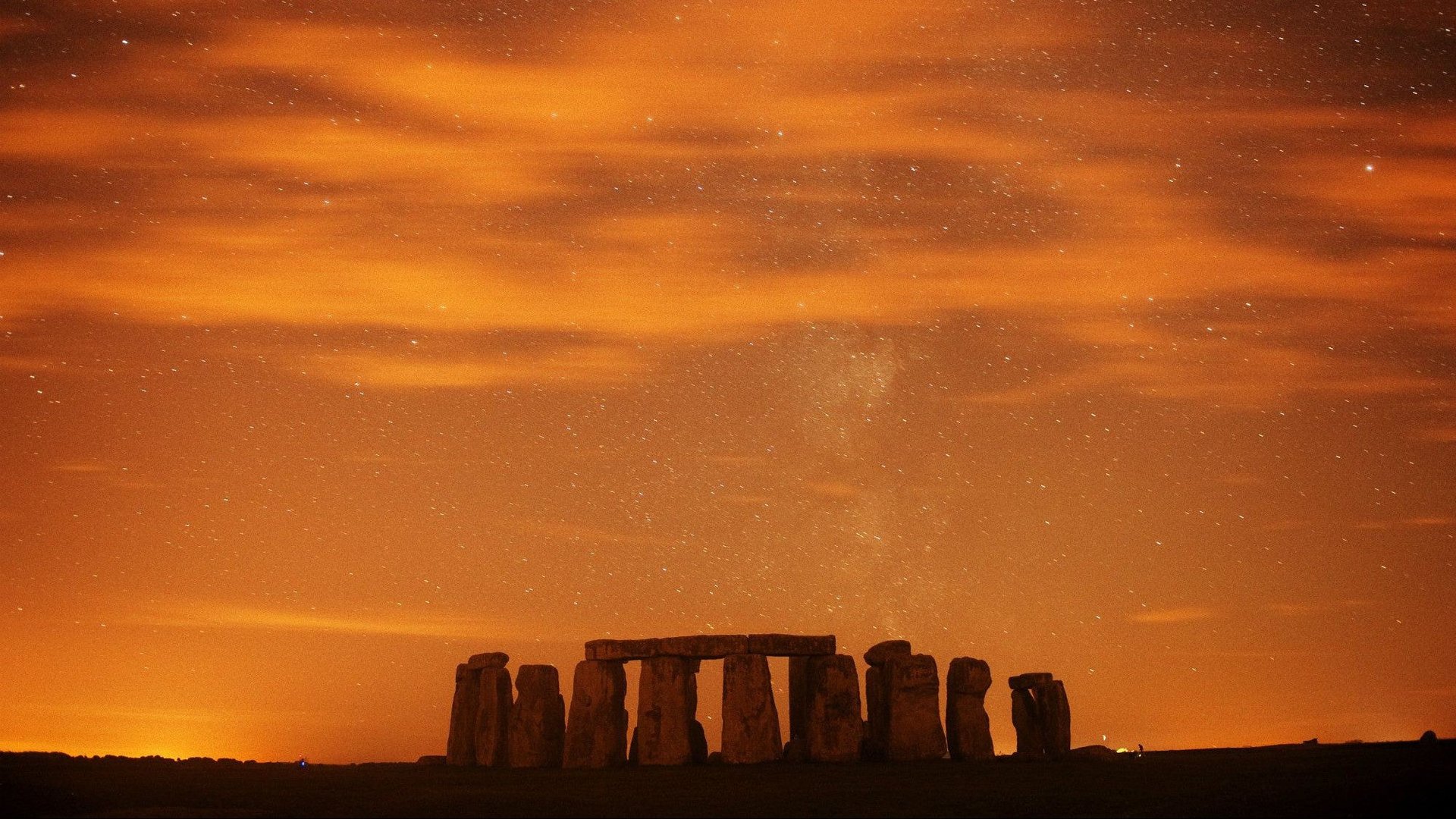100 years ago today a doting husband bought Stonehenge for his wife
On Sept. 21, 1915, a British barrister named Cecil Chubb went to an auction in Salisbury, Wiltshire. He did not come home with the item his wife had requested. Rather, on a whim, he bought Stonehenge.


On Sept. 21, 1915, a British barrister named Cecil Chubb went to an auction in Salisbury, Wiltshire. He did not come home with the item his wife had requested. Rather, on a whim, he bought Stonehenge.
In a response many spouses might appreciate, or at least recognize, Mary Chubb was not happy.
The megalith cost her husband £6,000 (£680,000 today).
“It’s said that Mary wanted Cecil to buy a set of curtains at the auction,” Stonehenge’s curator, Heather Sebire, told the BBC magazine. “And he came back with something rather different.” (The other rumor is that Chubb bought the prehistoric site to keep it out of the hands of rich Americans who were eyeing antiquities everywhere.)
UNESCO calls Stonehenge the “most architecturally sophisticated prehistoric stone circle in the world,” and it has been on the world heritage list since 1986.
According to its caretakers at English Heritage, the first monument was built more than 5,000 years ago. The site’s iconic, cultish-looking semi-circle was erected around 2,500 BC.
Stonehenge had been in private hands since the middle ages and controlled by the Antrobus family since the early 1800s. When the heir to the estate died in World War I, it was put up at auction.
Chubb didn’t keep it for long. He gave it to the government in 1918 with a stipulation that the public not pay “a sum exceeding one shilling” per visit. He wanted locals to get in for free. Today it costs £14.50 ($22.50) for adults, and locals still get a free pass.
A year after Chubb’s whimsical purchase, prime minister David Lloyd George awarded him with a title. He became Sir Cecil Chubb, First Baronet of Stonehenge. Chubb’s son died in 1957. With no heir, the baronetcy ended there.